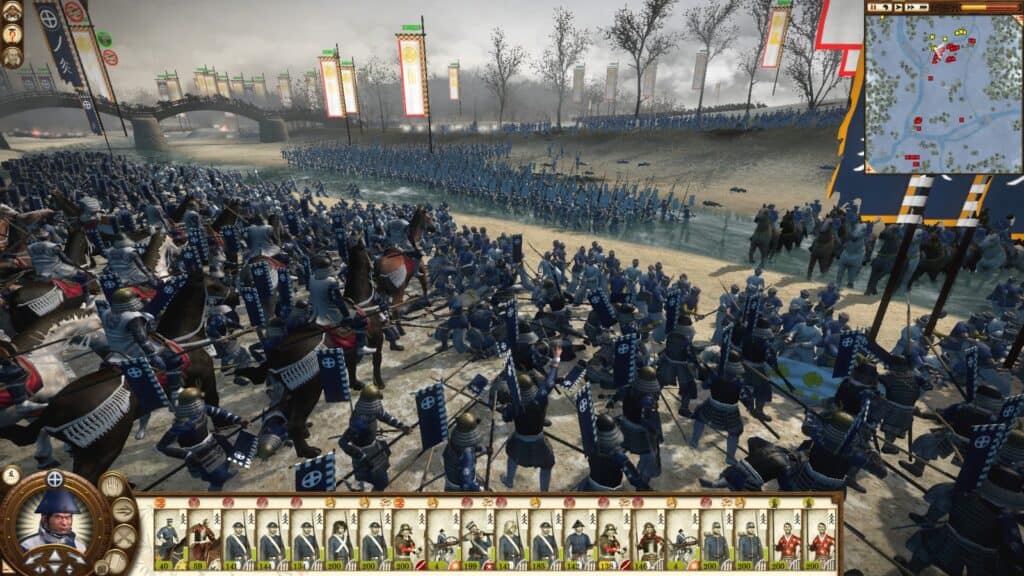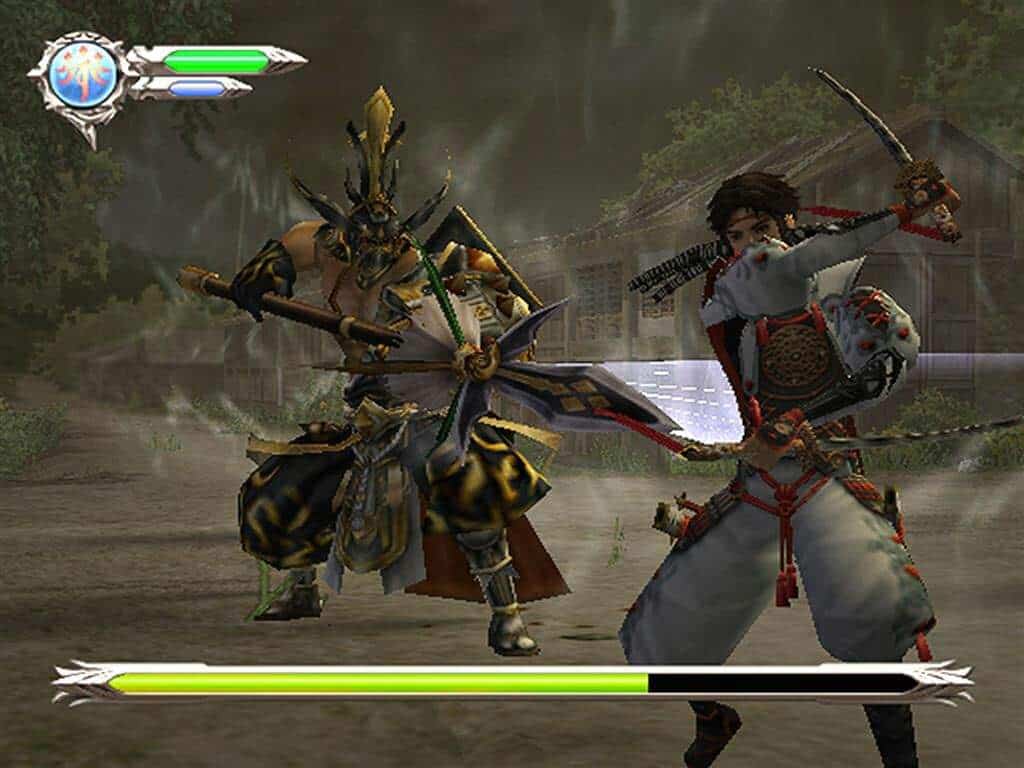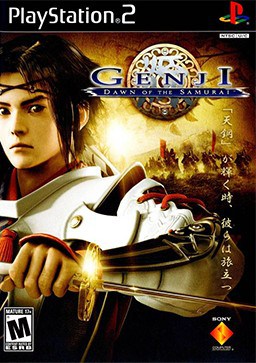Published by Sony Computer Entertainment in 2005 for PlayStation 2 Genji: Dawn of the Samurai may not be the most violent or action-packed Samurai or Ninja game on the market, but it strives for something different – and succeeds. Genji manages to capture the enchanting nuances of an ancient culture and its myths in an artistic style seldom attained in video games. The story is almost a thousand years old, but it’s brought to life with an urgency that makes it truly compelling and immediate.
What Genji: Dawn of the Samurai Brings to The Table

Production values in Genji are right on the money. Nothing has been changed from the original Japanese release which is important since the story takes place in 1159 and incorporates historical Japanese situations and mythology. An oppressive Samurai clan called the Heishi have invaded the land of Kyo upsetting the feudal system that has been the status quo for generations. The Heishi are empowered with mystical gemstones called Amahagane which give them incredible fighting skills. Yoshitune and Benkei are two righteous warriors that are prepared to take matters into their own hands, in the form of swords, and fight the Heishi to the death while empowering themselves with the same Amahagane stones.
Aspects of Gameplay

Enemies will surround players, but they never swamp or overpower. There is a certain controlled precision to the gameplay in which players can take on countless enemies with a deliberation and intensity that will leave them virtually unscathed. Victory is always within reach but so is failure. It’s not a precarious balance but players can lose it all if they are not paying attention. The gameplay can get too complacent even though there is a lot of repetition.
Kamui is a form of bullet time. Once the player gathers enough magic gems, they can activate this feature which will force all the enemies to perform a series of attacks during which a square icon will flash prompting them to hit the square button at the right time. Getting the timing down will result in an instant kill or a near kill. Used in conjunction with the Samurai sword and ever-increasing skills, players will revel in the feeling of omnipotence that they appear to have over adversaries. The combat is never in danger of becoming so difficult that it interrupts the flow of the story is told through cutscenes.
Final Thoughts
Not much in the way of detail is left out of the production. The game has great graphics which are exploited in the backgrounds, character models and elegant animation. There is some slowdown during the bullet time feature but other than that the game is technically sound. And speaking of sound, the music is moody and atmospheric. It literally tells the tale in the language of music.
Genji: Dawn of the Samurai plays like an interactive movie. It could use more variety in the gameplay, but the scripted events are designed to give the game a specific direction and flow. There is a delicateness in the story that is inextricably linked to the violent savagery of the gameplay. It’s both sweet and sour or yin and yang.
